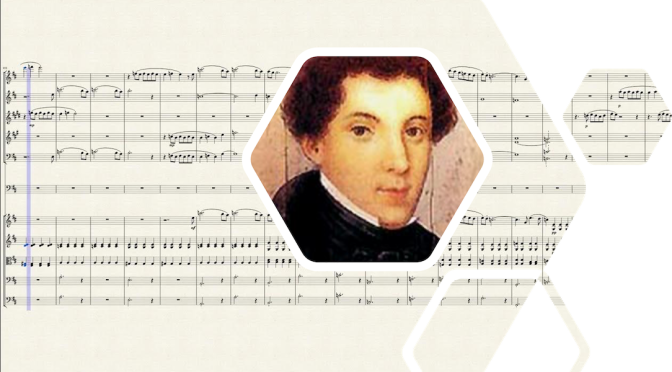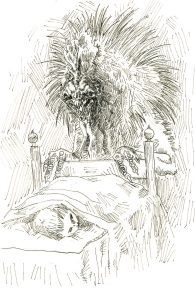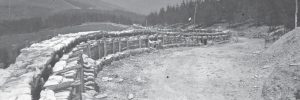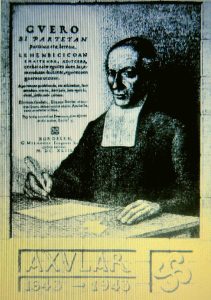Plans are underway to build the first national WWII memorial in the United Sates to honor veterans of Basque descent.
Do you know that over 1,600 veterans of Basque origin served in the U.S. Armed Forces during WWII? The time has come to permanently honor and thank all WWII veterans of Basque descent who served and sacrificed their lives for our freedoms. Pedro Oiarzabal will present a public lecture on the Basques in WWII on February 17 at 2pm at the Basque Cultural Center. It is free and open to all.
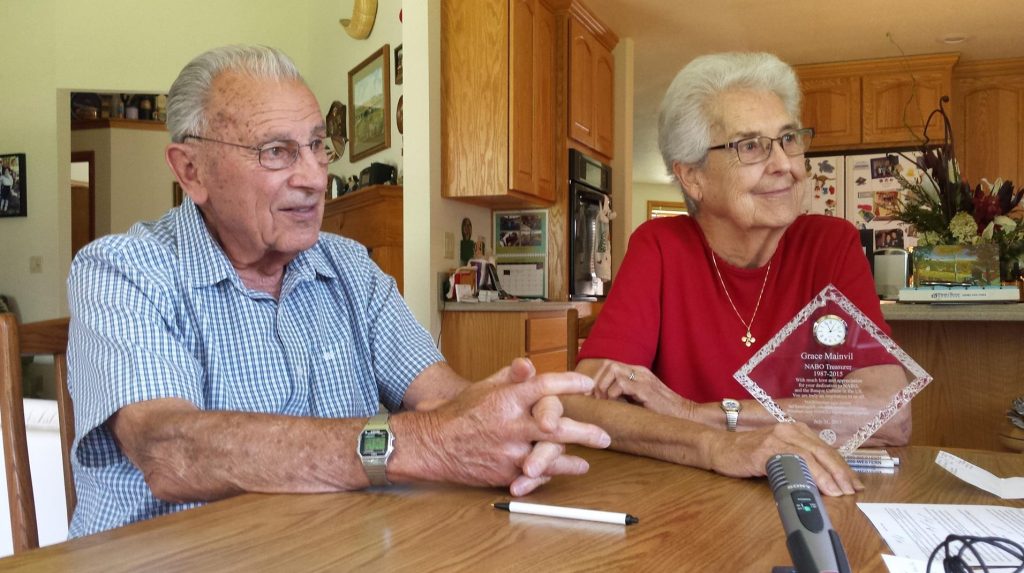
The North American Basque Organizations Inc., has launched a fundraising campaign with an inaugural event that will be held February 16th at the Basque Cultural Center of South San Francisco, CA. The two goals of the campaign are to first raise funds to complete the “Fighting Basques: Memory of WWII” research and second to build “The National Basque WWII Veterans Memorial.” The memorial is intended to serve as a long-lasting memory to all veterans of Basque origin who served in the U.S. military during WWII as well as an educational tool for all to recognize and learn of their sacrifices and unselfish contributions to this country.
As of today, the “Fighting Basques” project research team, under the direction of the Basque homeland history association Sancho de Beurko, has identified more than 1,600 WWII combatants of Basque origin in the U.S. Armed Forces, following research in 46 States, Washington D.C., and Puerto Rico. The result of this research is the writing up more than 1,100 biographies of these veterans and their families. According to Dr. Pedro J. Oiarzabal, “Fighting Basques” project’s main researcher, “The National Basque World War II Veterans Memorial intends to become a place where we all can permanently remember, honor, and thank all WWII veterans of Basque descent. We believe that the Memorial would become a national symbol of public recognition and pride comparable to the Basque Sheepherder Monument at Rancho San Rafael, in Reno, Nevada.”
To achieve this goal, they need all our help.
To donate today, please visit this website (https://nabasque.eus/wwii_memorial.html), scan the QR code,
or send a check payable to:
N.A.B.O. WWII Veterans Memorial Fund
c/o Mayi Petracek
11971 S. Allerton Cir
Parker, CO 80138
Your contribution to support this important project is tax-deductible.
Educational Fund of the North American Basque Organizations, Inc.
EIN: 82-0489192






